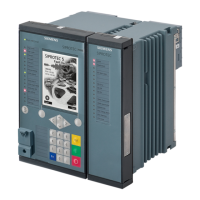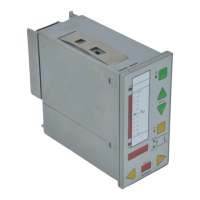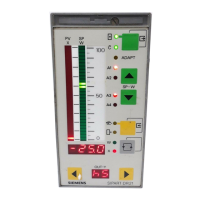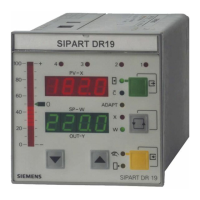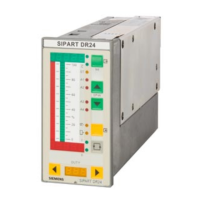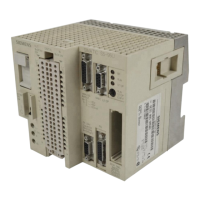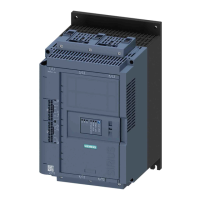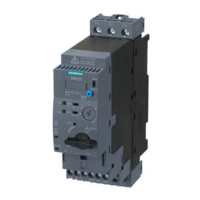Functions
2.4 Single-Phase Overcurrent Protection
SIPROTEC, 7SJ61, Manual
C53000-G1140-C210-1, Release date 02.2008
85
2.4.2 High-impedance Ground Fault Unit Protection
Application Examples
In the high-impedance procedure, all CT's operate at the limits of the protected zone parallel on a common,
relatively high-resistive resistor R whose voltage is measured.
The CTs must be of the same design and feature at least a separate core for high-impedance protection. In
particular, they must have the same transformer ratios and approximately identical knee-point voltage.
With 7SJ61, the high-impedance principle is particularly well suited for detecting ground faults in grounded net-
works at transformers, generators, motors and shunt reactors.
Figure 2-21 shows an application example for a grounded transformer winding or a grounded motor/generator.
The right-hand example depicts an ungrounded transformer winding or an ungrounded motor/generator where
the grounding of the system is assumed somewhere else.
Figure 2-21 Ground fault protection according to the high-impedance principle
Function of the High-Impedance Principle
The high-impedance principle is explained on the basis of a grounded transformer winding.
No zero sequence current will flow during normal operation, i.e. the starpoint current is I
SP
= 0 and the phase
currents are 3 I
0
= I
A
+ I
B
+ I
C
= 0.
In case of an external ground fault (left in Figure 2-22), whose fault current is supplied via the grounded star-
point, the same current flows through the transformer starpoint and the phases. The corresponding secondary
currents (all current transformers have the same transformation ratio) compensate each other; they are con-
nected in series. Across resistor R only a small voltage is generated. It originates from the inner resistance of
the transformers and the connecting cables of the transformers. Even if any current transformer experiences a
partial saturation, it will become low-ohmic for the period of saturation and creates a low-ohmic shunt to the
high-ohmic resistor R. Thus, the high resistance of the resistor also has a stabilizing effect (the so-called resis-
tance stabilization).
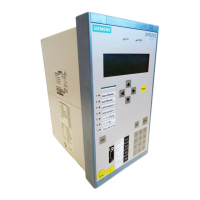
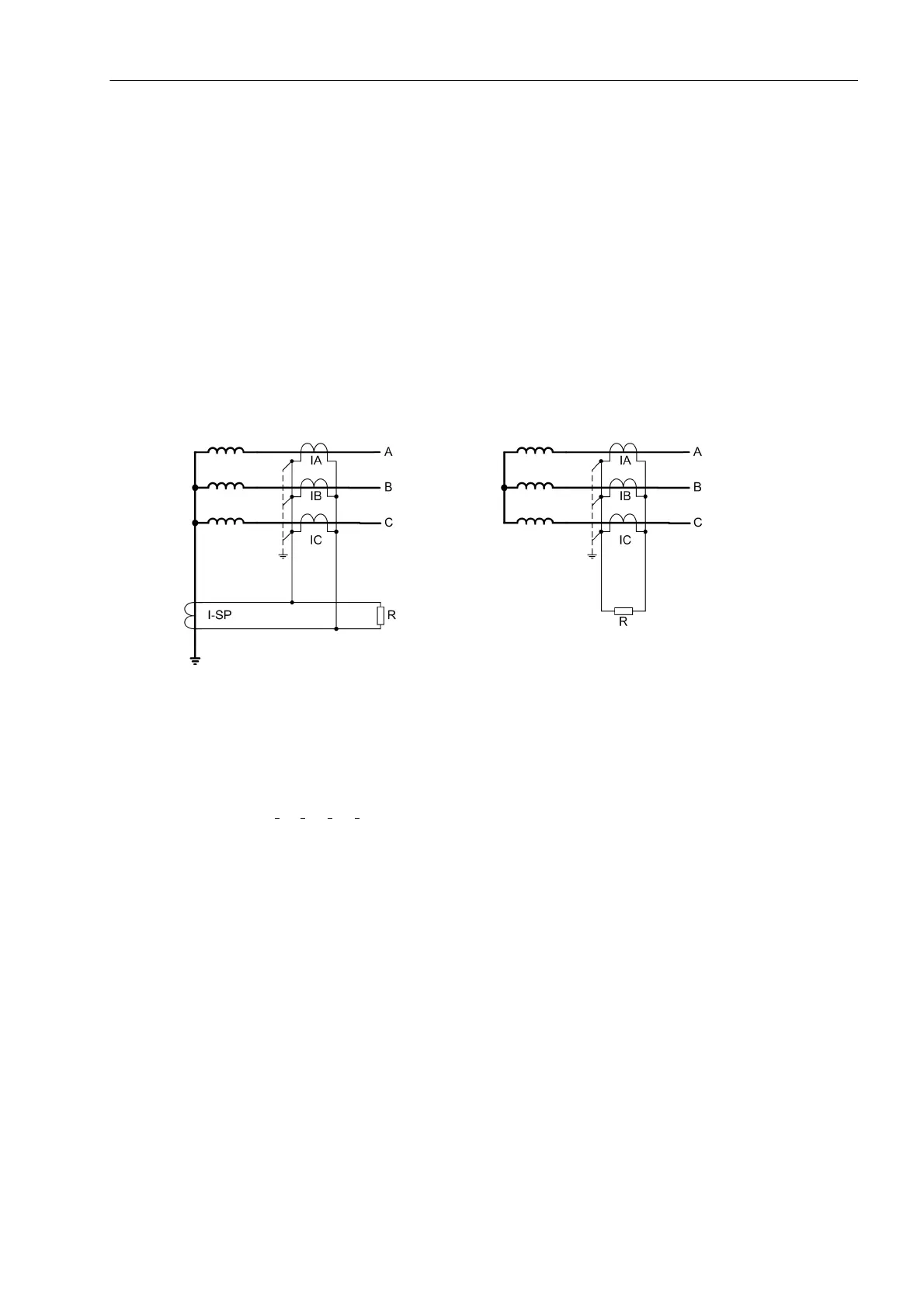